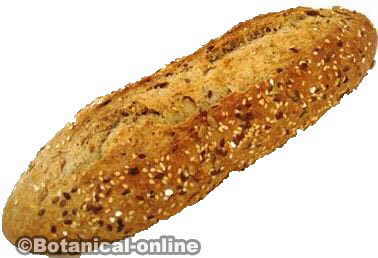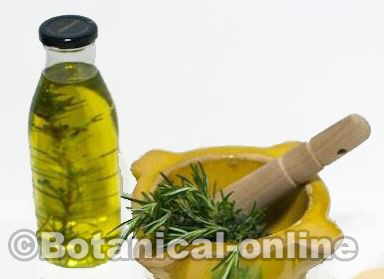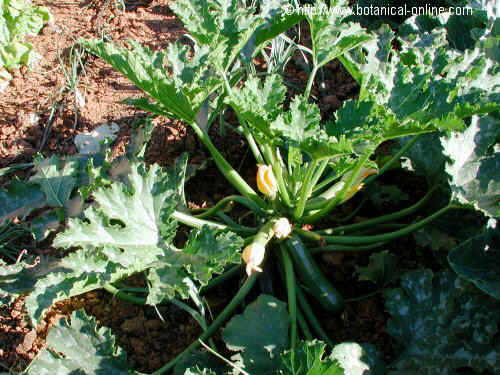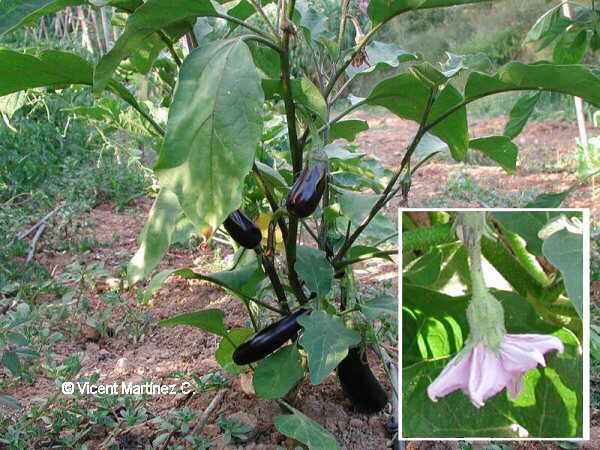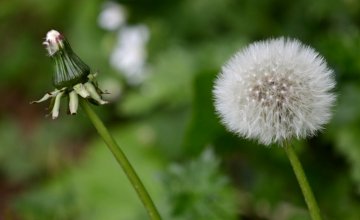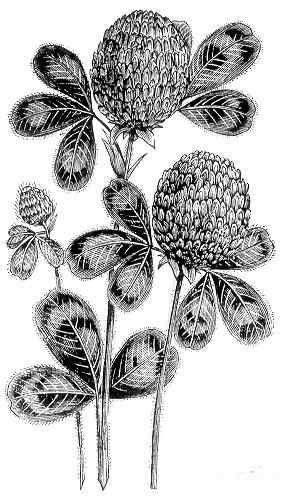Contents
Maca’s aphrodisiac properties
MACA, THE FERTILITY PLANT
Traditional use of Maca
The use of Maca to increase fertility and its aphrodisiac qualities are perhaps the most popular and traditional virtues of this plant.
Used for this purpose by the Incas, maca was a magical plant that was used in sacred rituals for the prosperity of people.
With the arrival of Spanish colonists, as well as with other important plants in pre-Columbian culture, such as amaranth, chia seeds and quinoa, maca was despised and almost extinct.
The conquerors instead filled the Andean highlands with sheep and native crops were displaced by oats, trying to destroy the food and the culture native population lived on.
Also known as Peruvian Viagra, Maca has been used for impotence or erectile dysfunction, to increase fertility and to remedy the lack of libido or sexual desire.
Among the active components of this plant are the alkaloids from maca. The alkaloids of maca or macamides act in the hypothalamus and adrenal glands, regulating hormone levels and having a positive effect by means of increasing energy and virility.
Dr. Chacon says that maca has properties for the cardiovascular system. It increases blood flow to the pelvic area, stimulating the libido and favouring erection.
In addition, maca hypocotyl or root is a rich reserve of minerals such as copper, a mineral important for fertility, and zinc, mineral constituent of the sex hormones.
Proven scientific studios in both humans and animals show remarkable qualities of maca for fertility and aphrodisiac effects.
How did people know that maca boost fertility?
The Spanish found that their animals lost reproductive capacity in the heights of the high Andean tundra, so they sought advice from the native people of the then known as New World.
These advised them to feed their animals with maca.
Nowadays, we know that maca stimulates spermatogenesis (stimulates the production of sperm). The results were so extraordinary, that the properties of maca for fertility are related in the chronicles of the Spanish colonizers.
By knowing the properties of maca, during the first hundred years of settlement, maca was part of the taxes imposed by the “Encomendador”. Encomendador was the person who was responsible for an “encomienda”.
An “encomienda” was an institution of colonial America in which a settler was granted to a group of Indians to work for him in exchange for their protection and evangelization.
For example, the annual tribute in Chinchaycocha was 300 loads or half-bushel of maca (approximately 15,000 kilos), with which the colonists were fed and the animals nurtured.
Maca for sexuality
Maca increases sexual desire. One study tested in humans administered doses of 1,500 to 3.000mg of maca a day to people between 21 and 56 years. The results showed that people supplemented with maca increased sexual desire after 8 and 12 weeks of treatment (1).
In addition, the traditional use of maca for sex promotes this as a plant to enhance virility.
Maca for men
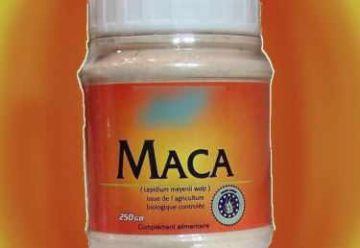
Maca improves sperm production and sperm motility in humans (2).
- It Increases the sex drive in people with mild impotence. Some studies have evaluated the effects of supplementing with maca (2.5 g. Daily) in patients with erectile dysfunction. The results are remarkable, because the supplemented group showed improvements in physical and social performance against the placebo group (3).
- It has been proved that maca improves the quantity and quality of sperm. The experiment was tested in bulls, but it has also been observed in other animals (4).
- Black Maca has also properties to increase sperm count. This is demonstrated by this study on fertility in mice (5).
- Another study shows once again that Maca stimulates the production of sperm, even at high altitudes. Maca supplementation prevents inhibition of spermatogenesis produced by high altitudes. The experiment was tested in rats (6).
Maca for women
- Maca increases female fertility. One study tested on rats showed that yellow maca improves female fertility, since it increases herd size and the weight of the uterus of ovariectomized rats (7).
However, pregnant women should NOT take maca without talking to their doctor, as adequate food is enough to ensure the proper development of the pregnancy.
Why is maca aphrodisiac?
The aphrodisiac and fertility effects of Maca are due to alkaloids and minerals that this medicinal plant has.
Numerous scientific studies show that the benefits of maca does not affect hormonal parameters: maca has no hormonal activity.
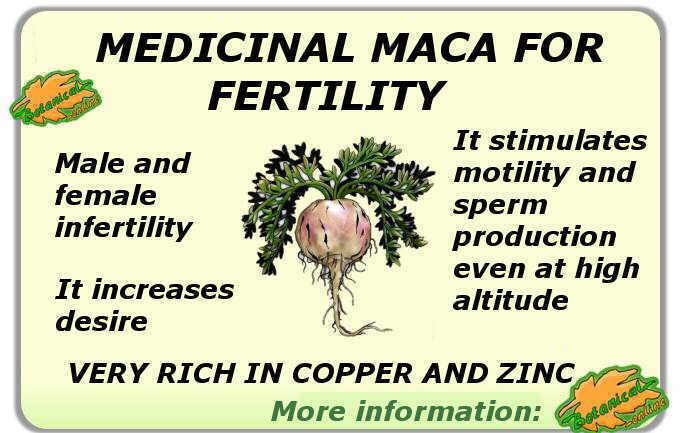
Summary of the properties of maca, a medicinal plant and food for male and female fertility.
![]() More information on maca.
More information on maca.
Scientific bibliography
Studies on the aphrodisiac properties and fertility of Maca:
(1) Gonzales GF. Effect of Lepidium meyenii (Maca), a root with aphrodisiac and fertility-enhancing properties, on serum reproductive hormone levels in adult healthy men. Departamento de Ciencias Fisiológicas, Facultad de Ciencias y Filosofía, Lima, Perú. 2006.
(2) Gonzales GF. Lepidium meyenii (Maca) improved semen parameters in adult men. Departamento de Ciencias Fisiológicas, Facultad de Ciencias y Filosofía, Lima, Perú. 2001.
(3) Zenico T. Subjective effects of Lepidium meyenii (Maca) extract on well-being and sexual performances in patients with mild erectile dysfunction: a randomised, double-blind clinical trial. Department of Urology, Morgagni-Pierantoni Hospital, Forlì, Italia. 2009.
(4) Clement C., Effect of maca supplementation on bovine sperm quantity and quality followed over two spermatogenic cycles. ETH Zurich, Institute of Plant, Animal and Agroecosystem Sciences, Zurich, Switzerland. 2010.
(5) Gonzales GF. Effect of Black maca (Lepidium meyenii) on one spermatogenic cycle in rats. Departamento de Ciencias Fisiológicas, Facultad de Ciencias y Filosofía, Lima, Perú. 2006.
(6) Gonzales GF., Effect of Lepidium meyenii (Maca) on spermatogenesis in male rats acutely exposed to high altitude (4340 m). Instituto de Investigaciones de la Altura, Lima, Peru. 2004.
(7) Ruiz-Luna CA. Lepidium meyenii (Maca) increases litter size in normal adult female mice. Departamento de Ciencias Fisiológicas, Facultad de Ciencias y Filosofía, Lima, Perú. 2005.
![]() More information about maca.
More information about maca.

